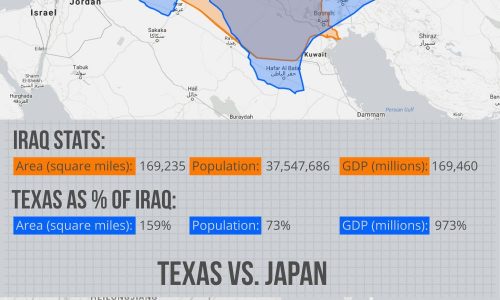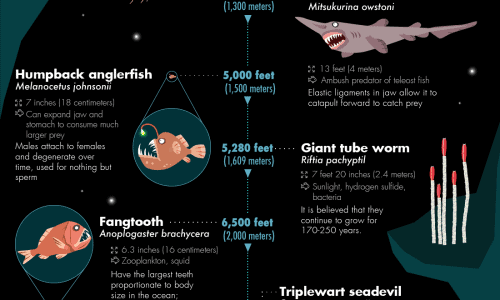
Coffee, coffee, coffee! That’s pretty much all that runs through my mind in the morning. That and the best way to avoid people before I have had my daily dosage of caffeine (for their own safety).
But what do we really know about the brown liquid that so many of us consume? Where did it originate? Who was the first to discover it? And how much coffee is “too much,” if there is such a thing?
Well, this infographic has at least 15 answers to questions we have all asked at some point. What exactly does caffeine do, and why do I feel jittery after a few cups? Apparently, caffeine replaces something called adenosine in our brains, which sends out adrenaline and dopamine, making for a pretty good time. Physical benefits aside, caffeine also plays a big role in our economy as the second most traded commodity on Earth. And it has a very long journey when going from bean to latte, both geographically and in the coffee-making process.
Think about that the next time you’re sending back a mocha that isn’t “just above room temperature” as you requested and how long it took for all those coffee beans to make it into your cup. Read more about how much money we spend on coffee here.




